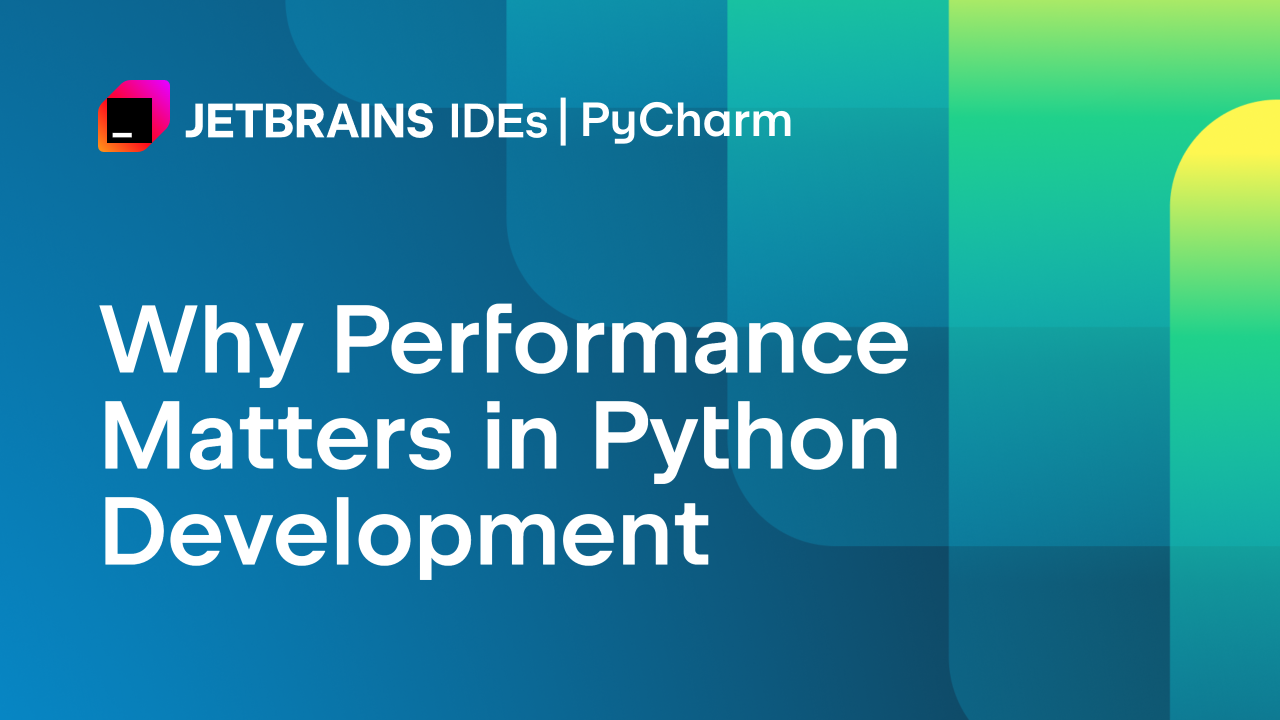
"Python's flexibility and ease of use make it a go-to language for developers, but its interpreted nature and global interpreter lock (GIL)can lead to performance bottlenecks, especially in large-scale or resource-intensive applications. Whether you're building web servers, data pipelines, or real-time systems, optimizing Python code can save time, reduce costs, and improve the user experience. Drawing from practical examples and insights from the Python community, this article explores proven performance hacks to help your applications run faster and more smoothly."
"When you run a Python script, the interpreter first compiles your source code into bytecode - a lower-level, platform-independent representation. This bytecode is then executed by the Python Virtual Machine (PVM), which translates each instruction into machine code at runtime. This interpretation layer, while providing Python's trademark flexibility and cross-platform compatibility, comes with a performance cost. Each line of code must be processed and translated during execution, creating a bottleneck that becomes particularly pronounced in computation-heavy scenarios."
Python's interpreted execution compiles source code into bytecode, then executes it in the Python Virtual Machine (PVM), introducing runtime translation overhead. The interpretation layer provides flexibility and cross-platform compatibility but incurs performance costs, especially in computation-heavy scenarios. The Global Interpreter Lock (GIL) is a mutex that allows only one thread to execute Python bytecode at a time, limiting effective multi-core parallelism and posing a major performance constraint in CPython. Optimizing Python code for web servers, data pipelines, and real-time systems can reduce execution time and resource usage. Practical techniques and community-proven hacks can improve scalability and user experience.
Read at The JetBrains Blog
Unable to calculate read time
Collection
[
|
...
]